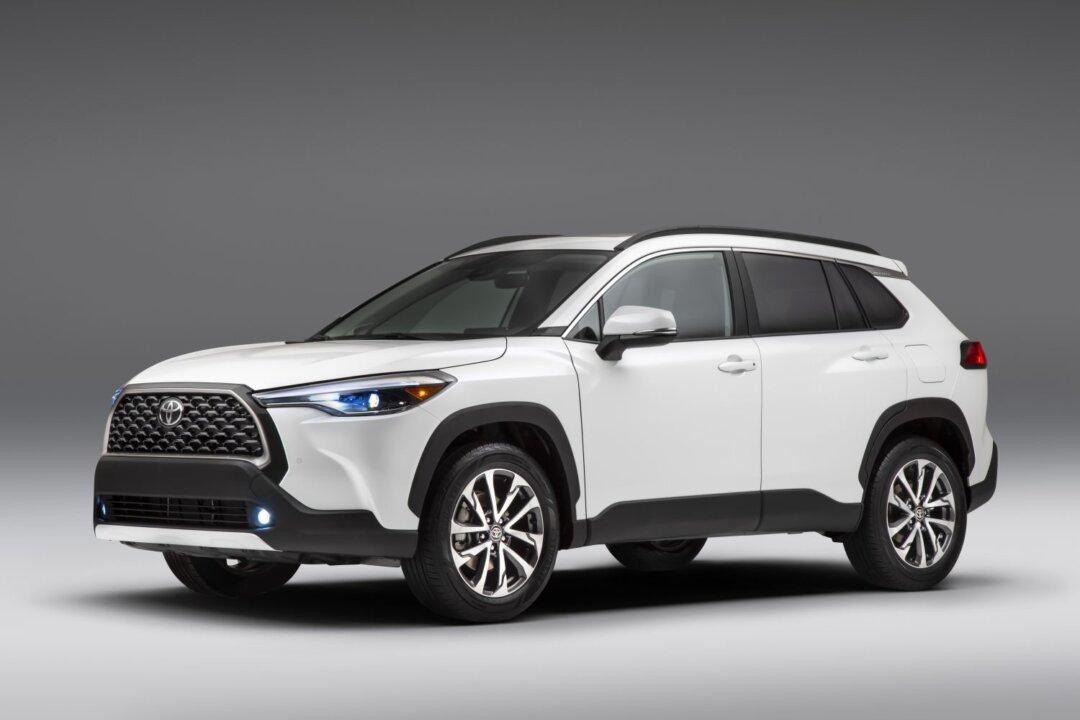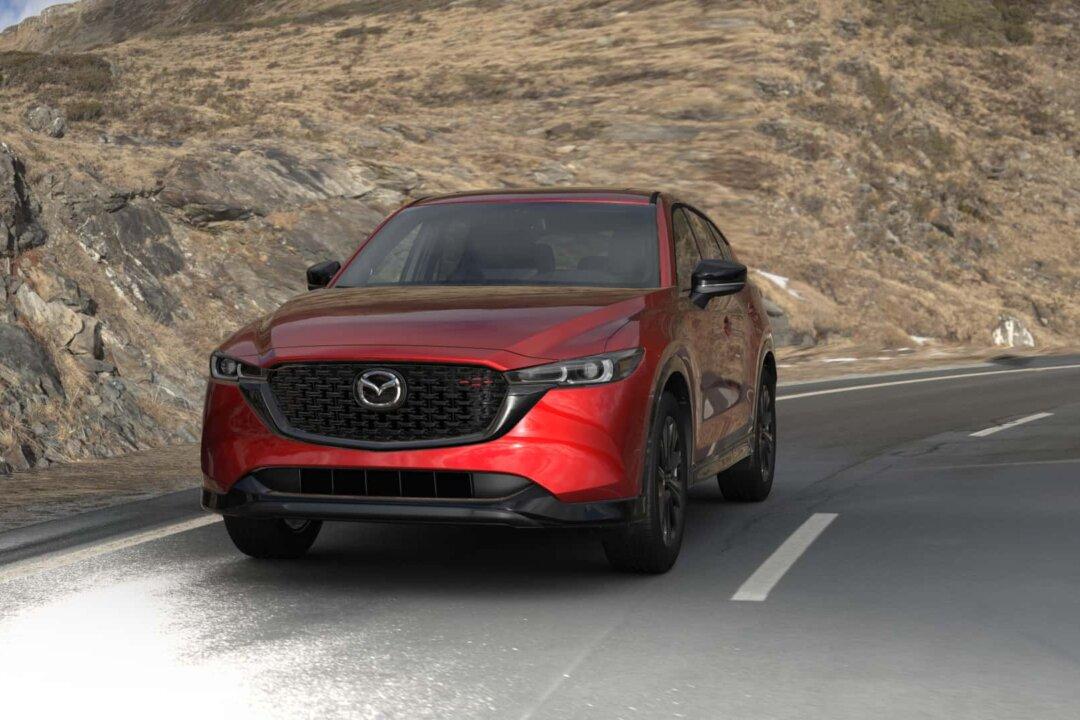The all new 2014 Toyota Tundra was recently launched in Jackson Hole, Wyoming. The valley floor and neighboring Grand Tetons provided a backdrop and a challenge for the new third generation Tundra truck that was first introduced in 1999.
Toyota leads the world in auto production, with nearly 10 million units for 2012. But unlike the Camry and the luxurious Lexus line, Toyota has not been able to crack the US manufacturers who produce pickups like F-150, Ram 1500, and GM Silverado/Sierra models that have for decades created a loyal fan base.
But the 2014 Tundra was designed, engineered, and built exclusively in the US. And it has more North American content than any other full size truck.
The Tundra plant in San Antonio, Texas cost $2.2 billion and will eventually employ 2,900 workers with an annual production capacity of 200,000 trucks. Plus an additional 2,800 Texans will be employed by 21 on-site suppliers. The plant expects to increase production by 30 percent to 137,000 units. The new Tundra goes on sale this fall.
The SR grade, which is the base, starts at $25,970 to $47,320 for the Platinum and 1794 edition.
Tundra has been restyled with a more modern, but rustic expression. It has chiseled a new exterior and spacious new interior with new technological innovations.
There are more distinguished selections for the cabin, and a number of communication upgrades. There are new upscale, special edition trims: The luxury-line Platinum and the Texas ranch themed “1794,” referring to the famed cattle ranch founded in that year near San Antonio, where the Tundra is built.
The compact sibling Tacoma is also built in Texas, and commands 68 percent of the compact truck market.
Tundra comes in trims offering various levels of exterior and interior upgrades. They are SR, SR-5, Limited, and the two premium grades as mentioned: Platinum and 1794 editions.
Tundra has three cab styles: two-door Regular Cab, four-door Double Cab, and four-door CrewMax. They are available in 2-WD and 4-WD. Regular Cab and Double Cab models come with standard (78.7 inch) or long bed (97.6 inch) while CrewMax comes with a 66.7 inch bed. All beds are 22.2 inches deep. The tailgate is lockable, easily lowered, and quick to remove.
SR and SR-5 grades rest on 18-inch style steel wheels, while Limited, Platinum, and 1794 models have all-new 20-inch alloys specific to each grade.
There is great power under the hood. A 4.0 liter V-6 is standard on Tundra regular and double-wide cab models with a 270-hp and 278 lb.-ft. of torque, married with uphill/downhill shift and an estimated fuel economy of 16-city/20-highway mpg.
A 4.6 liter i-Force V-8 produces 310-hp and 327 lb.-ft. torque, while getting 15-city/19-highwy mpg. The popular engine that I experienced in the 1794 edition is 5.7-liter i-Force V-8 that generates 381 hp and 401 lb.-ft. torque. It comes in gasoline and “flex fuel” variants and gets 13-city/18-highway mpg.
The SR base model features Entune with a 6.1-inch touch screen and Bluetooth. The SR-5 adds chrome bumpers, chrome grille and surround, and 7-inch touch screen Entune Audio plus satellite radio. The Limited has a unique grille insert and chrome mirror cups, leather seating, heated front seats, and Entune Premium Audio with navigation. The 1794 edition cultivates the “western theme,” displaying Premium Brown perforated leather and wood leather trim.
The V-8 can move 3,000 lbs and tow over 10,000 lbs. Tundra has been compliant with SAEs’ new towing standards since 2011, and is still the industry’s only full-size truck to fully adopt the new standards.
As mentioned earlier, journalists recently drove three different grades of the new Tundra. We drove on paved, dirt and gravel roads, as well as over challenging mountainous terrain. I found that whatever the landscape, Tundra mastered it wonderfully and the driving was easy.
Everything from the new instrument panel to the improved comfort and energy of each grade made for an excellent experience. Cabin storage was abundant in all the models while Tundra’s environment made for a quiet ride. Steering and suspension enhancements guaranteed quality control on straightaway or rugged terrain.
US manufacturers need to be aware that there is a new horse on the American race track and it is called Tundra.
Durhl Caussey writes a car column read around the world. He may be reached at this paper or [email protected].
2014 Toyota Tundra
American Made, for American Truckers
The all new 2014 Toyota Tundra was recently launched in Jackson Hole, Wyoming. The valley floor and neighboring Grand Tetons provided a backdrop and a challenge for the new third generation Tundra truck that was first introduced in 1999.

2014 Toyota Tundra Courtesy of Toyota
|Updated:



